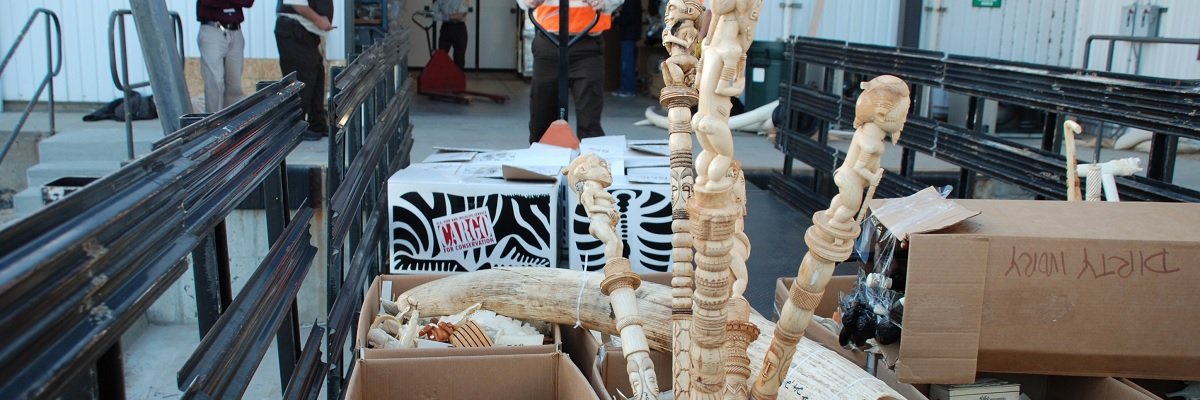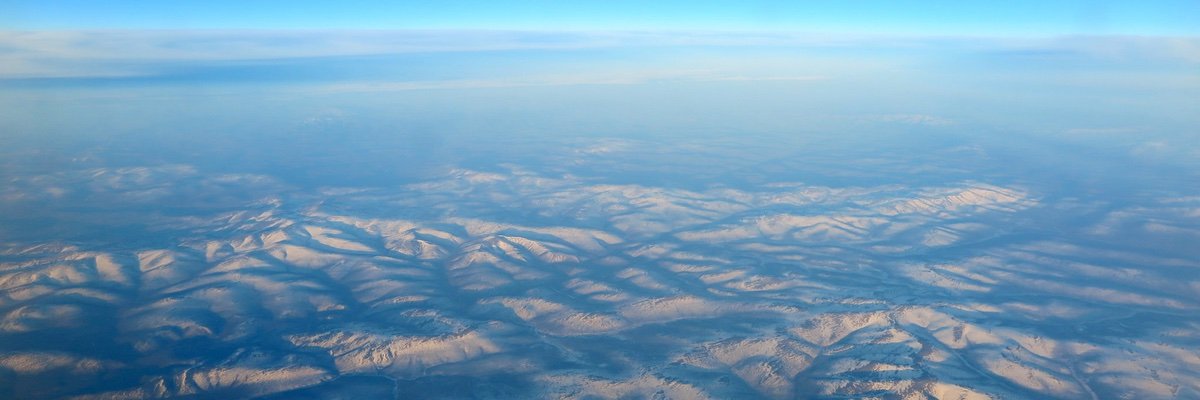Attention travelers: even if you put them in a clear plastic bag, you can’t bring walrus tusks past TSA airport checkpoints.
A small selection of ivory smuggling reports from the Department of Fish and Wildlife’s New England office shows that airplane passengers arriving at Boston’s Logan International Airport and drivers crossing the Canadian border were often surprised to learn that owning elephant and walrus tusks is against the law.
The seven reports MuckRock obtained were filed between 2003 and 2010 by FWS agents who confiscated an eclectic assortment of jewelry, carvings and raw tusks.
The documents represent a small fraction of the 4,000 pages on ivory investigations the New England FWS said it compiled over the past decade.
Most of the incidents involved passengers from the Middle East or Africa who flew into Boston Logan with family heirlooms made from elephant ivory. But in one case, an Alaska man attempted to pass through airport security with a plastic bag containing 67 walrus tusks.
No charges were brought against would-be (and seemingly unwitting) smugglers in the released cases. All either forfeited their ivory into the custody of the federal government or had it shipped back to their country of origin. In most cases, the ivory owners said they did not know the substance is a banned commodity under endangered species laws.
The documents released to MuckRock were just a small fraction of all reports generated in the New England FWS region over the past decade: at approximately 10 pages per report, there were approximately 400 ivory investigation reports generated from 2003 to 2013. I have requested a larger sampling of FWS ivory investigation reports from New England to get a better sense for just how much ivory is seized in the region, and in what forms.
Read another report embedded below, or on the request page.
Image via Wikimedia Commons and is licensed under CC BY-SA 2.0




